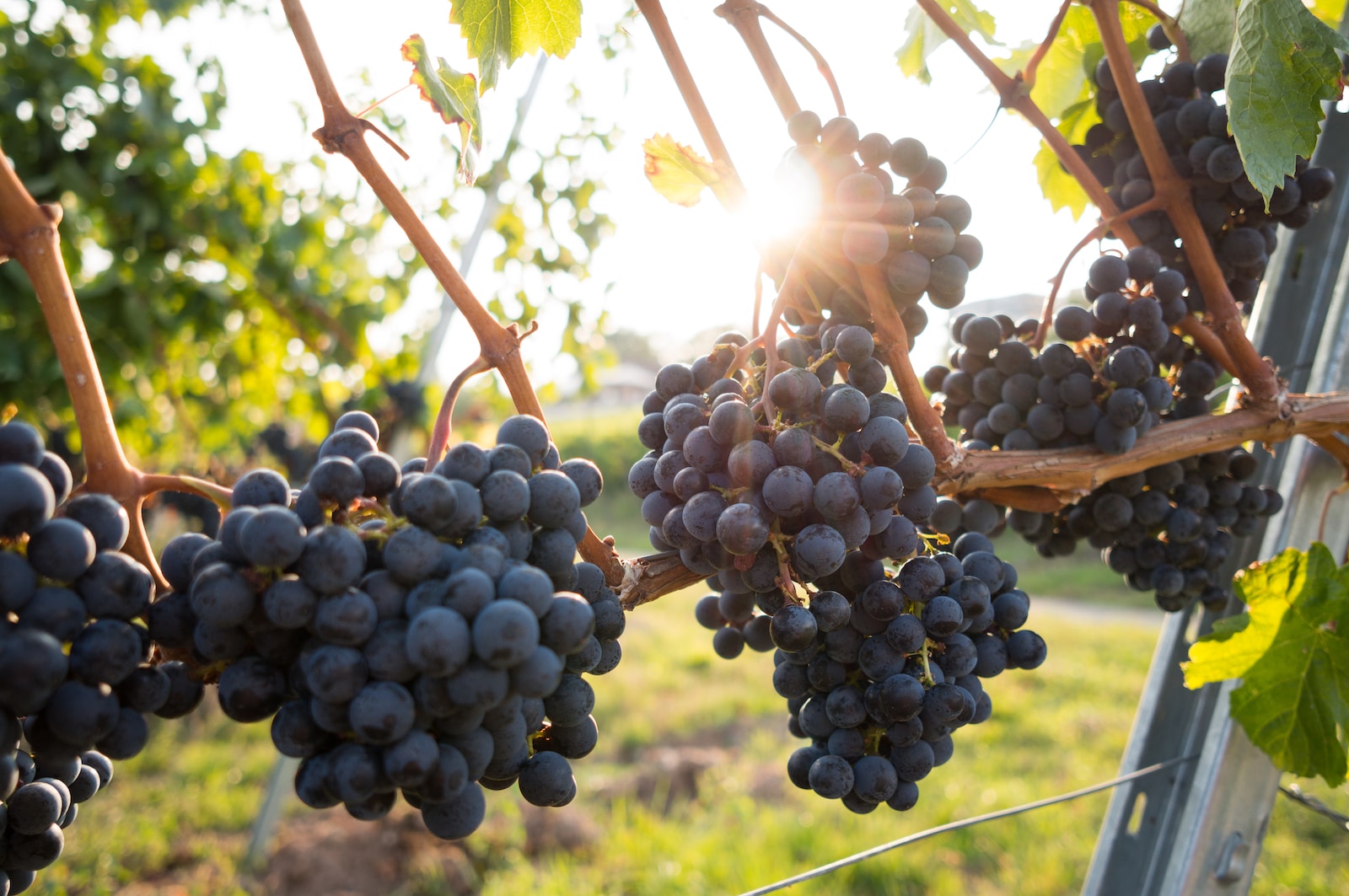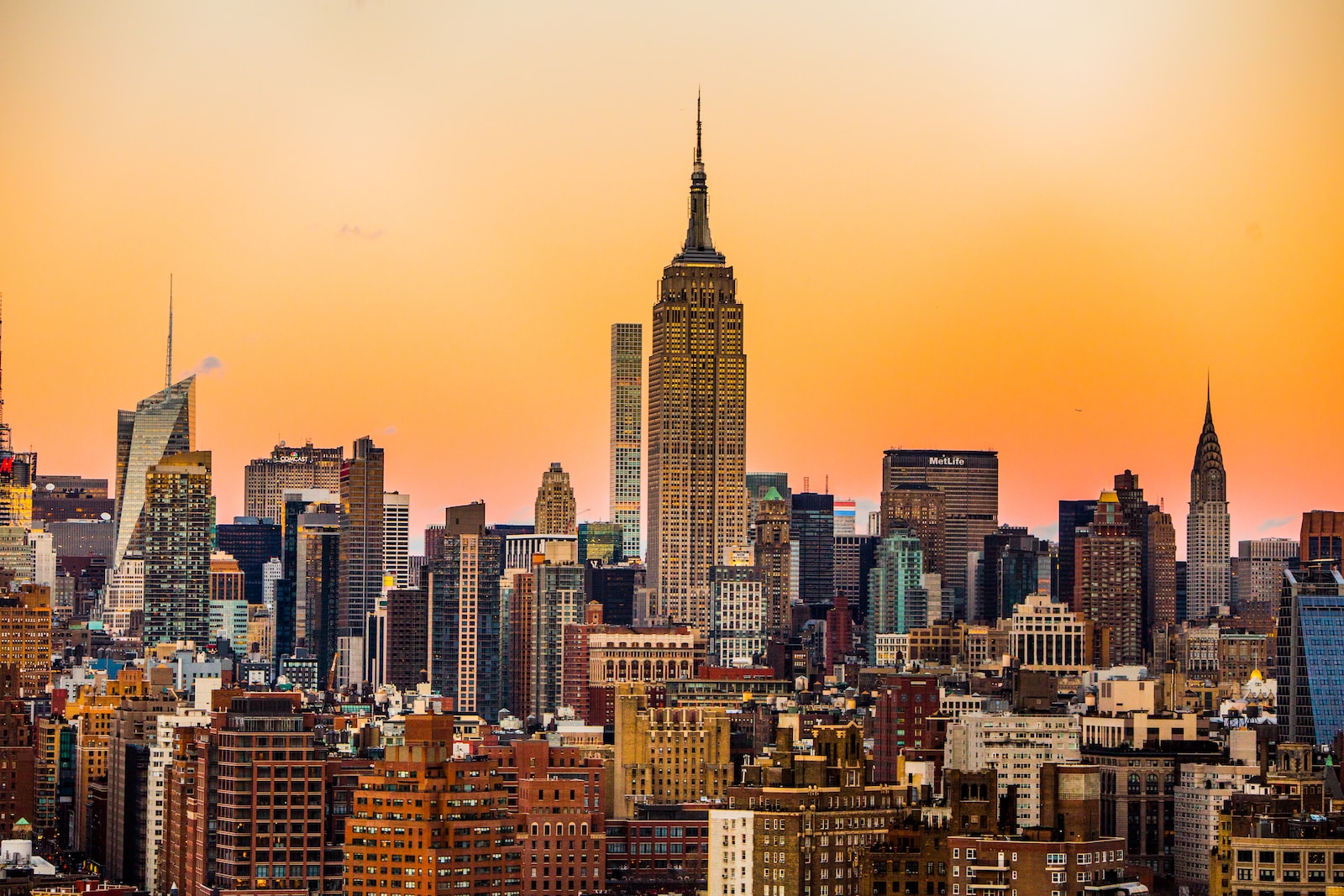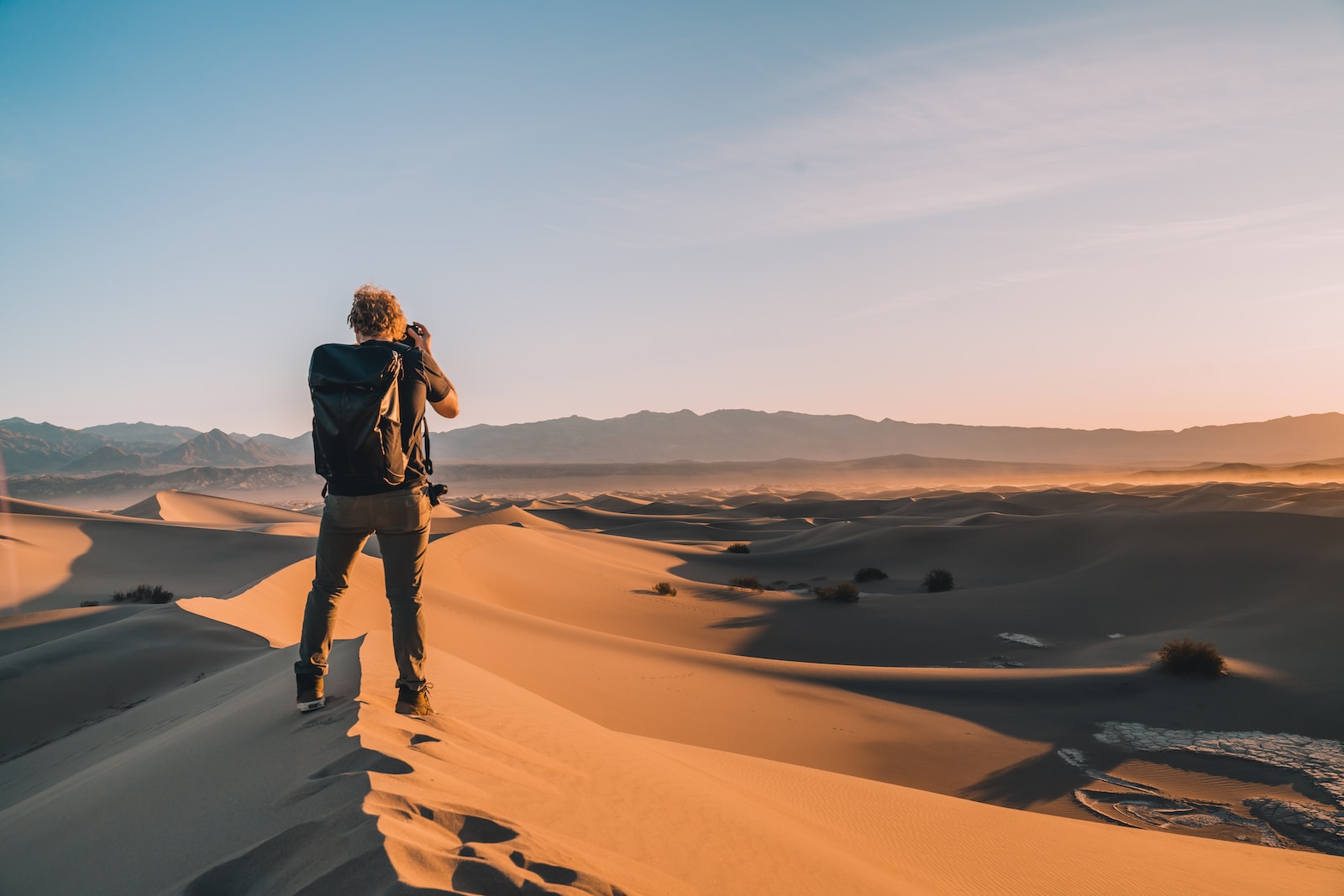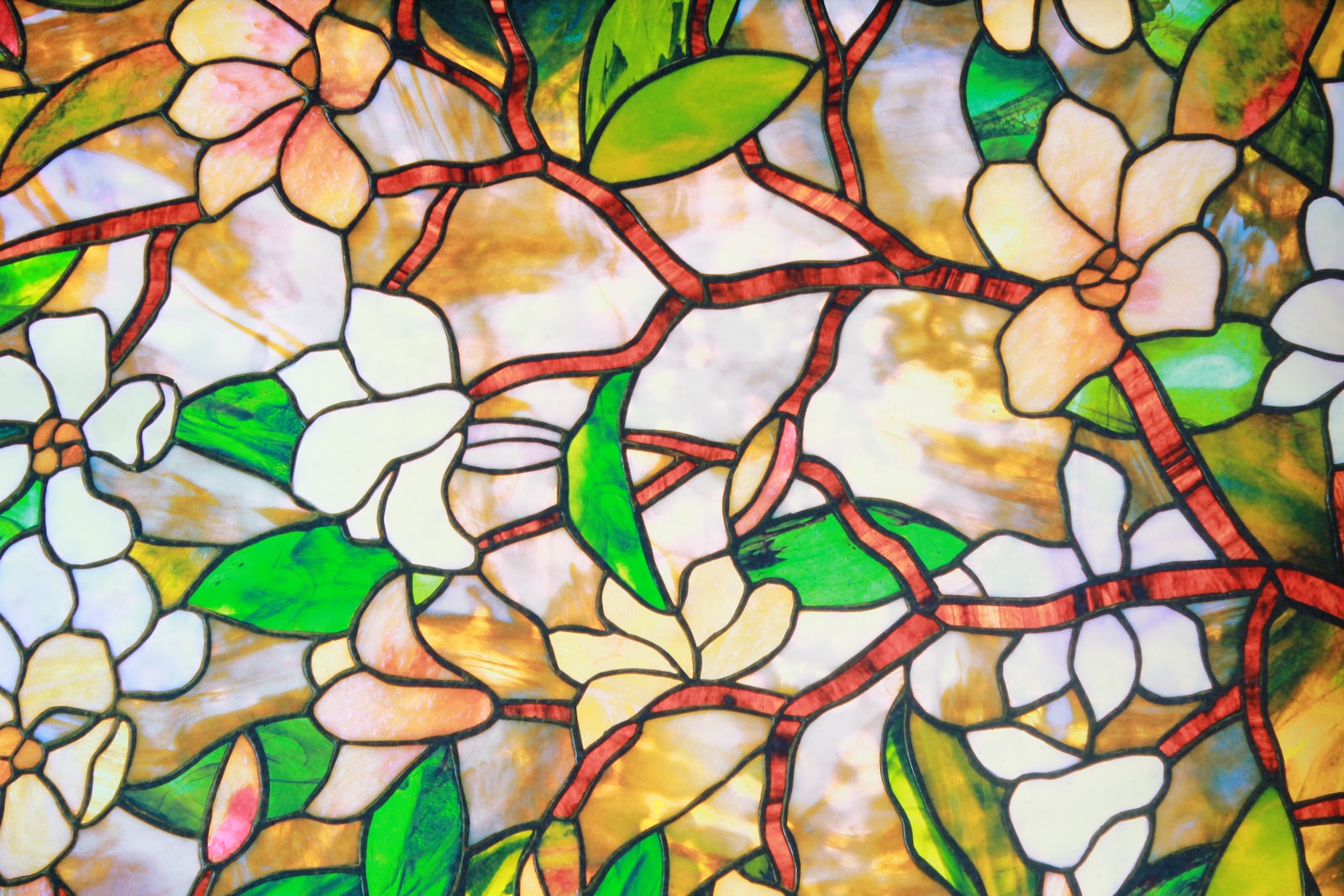Welcome to “Photographing the Splendor of Wineries and Vineyards”! Are you a wine enthusiast or a photography lover? This blog is the perfect place for you, as we delve into the captivating world of wineries and vineyards. Join us as we explore the picturesque landscapes and the art of photographing vine rows. Discover the secrets behind capturing the essence of the winemaking process and stunning wine photography. Get ready to indulge your senses and uncover the beauty that lies within these extraordinary locations.
Table of Contents
- Unveiling the Splendor of Wineries and Vineyards
- Choosing the right camera and lenses for winery and vineyard photography
- Unveiling the Seasons: Choosing the Perfect Time of Year
- Frequently Asked Questions
- 1. How can I capture the beauty of wineries and vineyards through photography?
- 2. What equipment do I need for wine photography?
- 3. How can I photograph vine rows in an interesting way?
- 4. What are some tips for photographing landscapes in wineries and vineyards?
- 5. Are there any legal considerations when photographing wineries and vineyards?
- 6. How can I enhance the colors in wine photography?
- 7. Where can I find inspiration for wine photography?
- Wrap Up
Unveiling the Splendor of Wineries and Vineyards
If you have a fondness for wineries and vineyards, you probably already appreciate the beauty they possess. Their picturesque landscapes, stunning vine rows, and the intricate winemaking processes provide an abundance of opportunities for captivating photography.
Vine Rows: A Photographer’s Paradise
The rows of lush grapevines that stretch out as far as the eye can see are undoubtedly the most iconic feature of wineries and vineyards. As a photographer, you can take advantage of the symmetrical lines created by these vine rows to add depth and perspective to your compositions. Incorporating leading lines in your photographs can guide the viewer’s gaze and create a sense of movement.
When photographing vine rows, it’s crucial to pay attention to the lighting conditions. The golden hours, shortly after sunrise or before sunset, will cast a warm and magical glow on the landscape, enhancing the overall mood of your photographs. Experiment with different angles and heights to capture interesting perspectives and unique compositions.
The Charm of Winemaking Processes
Winemaking is an intricate and fascinating process that offers a plethora of captivating moments to photograph. From the harvesting of ripe grapes to the crushing and fermentation stages, each step presents an opportunity to capture the essence of winemaking in your photographs.
Macro photography can be particularly enchanting when focusing on the small details of winemaking. Capture the glistening drops of grape juice, the texture of grape skins, or the air bubbles forming during fermentation to add visual interest to your images. This close-up perspective allows viewers to appreciate the intricacies of winemaking that often go unnoticed.
Additionally, don’t overlook the chance to photograph winemakers in action. Portray their passion and dedication as they tend to the vines, carefully monitor the fermentation process, or use their expertise to create distinctive blends. Candid shots of winemakers in their element can bring a sense of authenticity and storytelling to your collection.
As you explore wineries and vineyards with your camera in hand, don’t be afraid to experiment with different techniques to make your photographs stand out:
- Try using a wide-angle lens to capture the vastness of the landscapes and the scale of the vine rows.
- Play with shallow depth of field to isolate specific elements, such as a single grape cluster or a winemaker’s hands.
- Utilize long exposure techniques to capture the movement of clouds or the flow of a nearby river, adding dynamic elements to your photographs.
Remember that patience and observation are key in photographing wineries and vineyards. Take your time to appreciate the beauty around you and wait for the perfect moment to capture that breathtaking shot. Whether you’re an amateur or a professional photographer, the splendor of wineries and vineyards will undoubtedly mesmerize you.
Did you know that there are over 10,000 wineries and vineyards in the United States alone? Each one offers a unique experience with stunning landscapes, making for an incredible backdrop for photography enthusiasts.
Choosing the right camera and lenses for winery and vineyard photography
When photographing wineries and vineyards, it is essential to have the right equipment to capture the beauty and essence of these stunning locations. The choice of camera and lenses can significantly impact the quality of your photographs. Here are some options to consider:
- Full-frame DSLR or Mirrorless camera: These cameras typically offer superior image quality and low-light performance, allowing you to capture the vibrant colors and intricate details found in wineries and vineyards. Their high-resolution sensors ensure sharpness and clarity, and their versatility allows for different shooting modes, such as manual or aperture priority.
- Wide-angle lens: A wide-angle lens is perfect for capturing the vast landscapes and rows of vines in wineries. It allows you to include more of the surroundings, emphasizing the scale and grandeur of the winery or vineyard. Opt for a lens with a focal length between 16-24mm for optimal results.
- Macro lens: If you want to focus on the details of the vine rows, grapes, or winemaking process, a macro lens is an excellent choice. It enables you to capture close-up shots with incredible sharpness and fine detail. Look for a lens with a minimum focusing distance of 30-50mm.
- Telephoto lens: A telephoto lens comes in handy when you want to isolate specific elements or capture shots from a distance. It compresses perspective, making it ideal for photographing individual vines, workers in the vineyards, or capturing scenes from afar. Consider a lens with a focal length of 70-200mm for versatility.
Other essential equipment for winery and vineyard photography
In addition to a suitable camera and lenses, there are a few other essential pieces of equipment that can elevate your winery and vineyard photography:
- Tripod: A sturdy tripod is essential for capturing steady shots, especially during low-light conditions or when shooting long exposures. It provides stability and allows you to compose your shots precisely. Look for a tripod that is lightweight and easy to carry around.
- Filters: Neutral density (ND) filters can be useful for balancing exposure in bright lighting conditions, allowing you to retain details in both highlights and shadows. Graduated filters are also handy for controlling the contrast between the sky and the vineyard, especially during sunrise or sunset.
- Remote shutter release: Using a remote shutter release helps minimize camera shake, particularly when you’re using longer shutter speeds or capturing self-portraits. It allows you to trigger the camera without physically touching it, ensuring sharp images.
Remember, while having high-quality equipment can boost your photography, it’s more important to understand the fundamental principles of composition, lighting, and storytelling. Experiment with different techniques and perspectives to truly unveil the splendor of wineries and vineyards through your photographs.
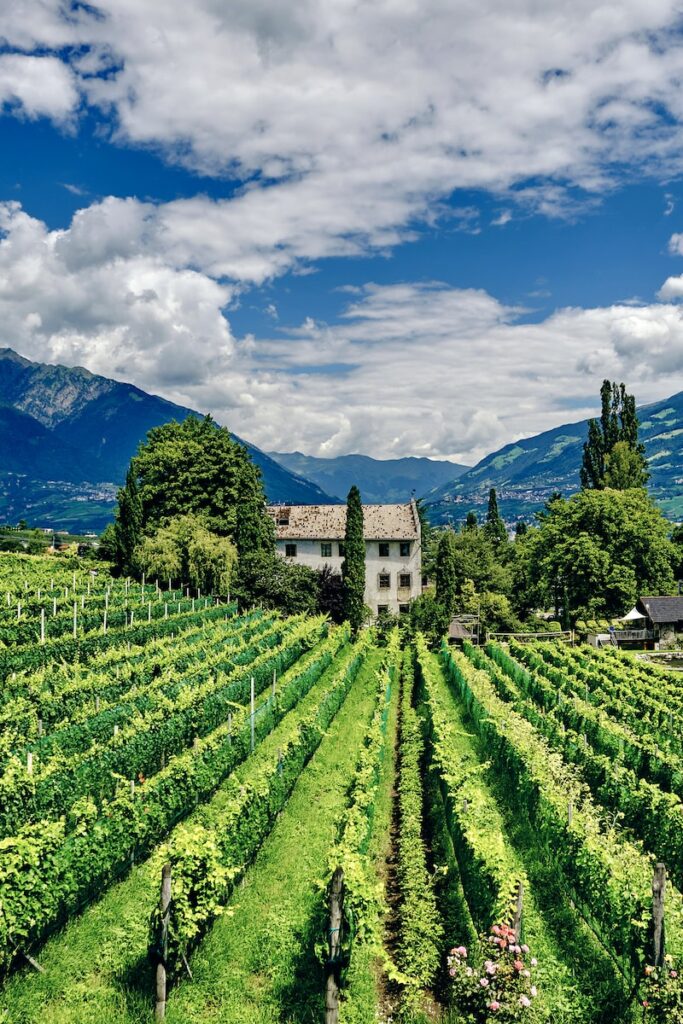
Unveiling the Seasons: Choosing the Perfect Time of Year
To truly capture the mesmerizing beauty of wineries and vineyards, it is important to select the perfect time of year for your photoshoot. Each season offers a unique charm and allure, providing photographers with a range of opportunities.
In spring, when the vines are in their early stages of growth, you can capture the vibrant green colors and the delicate blossoms that adorn the vineyards. This season also offers the chance to photograph winemakers pruning and training the vine rows, adding an element of human activity to your compositions.
Summer, with its warm and sunny weather, showcases vineyards at their most lush and picturesque. The vines are full of leaves, creating a dense backdrop that enhances the visual impact of the rows. The long days provide ample opportunity for capturing stunning sunset shots, where the golden rays of light filter through the vineyard canopies, illuminating the landscape.
Autumn, or the harvest season, is a photographer’s dream. The foliage turns into a breathtaking display of warm hues, ranging from deep reds to vibrant oranges and yellows. This season also offers the opportunity to capture the winemaking process in action, as workers pick grapes and transport them to the winery. The combination of colorful leaves, busy workers, and ripe fruit creates a magical atmosphere for your photographs.
Winter may seem like a less desirable time to photograph wineries and vineyards, but it can offer its own unique opportunities. The bare vines create a stark contrast against the cold, gray landscape, evoking a sense of solitude and tranquility. Additionally, if you’re lucky enough to experience a snowfall, you can capture the wintry magic as the vineyards turn into a fairy tale scene.
Finding the Best Vantage Points and Positions
When it comes to photographing wineries and vineyards, the choice of vantage points and positions can greatly enhance the overall impact of your images. Here are a few options to consider:
The classic aerial shot provides a bird’s-eye view of the vineyards, showcasing the rows in an orderly and mesmerizing pattern. This perspective is best captured with the help of a drone or from an elevated location nearby.
If you prefer to be on the ground, capturing the rows from within the vineyard itself can create a sense of depth and dimension in your photographs. Position yourself at the end of a row and shoot towards the horizon, emphasizing the vanishing point effect. This technique adds a dynamic element to your composition.
Another exciting option is capturing the vineyards from a distance, incorporating the surrounding landscape into your frame. Find an elevated spot or a hilltop that offers a panoramic view, showing not just the vine rows but also the breathtaking scenery that envelops the winery.
For a more intimate perspective, focus on the details. Zoom in on a cluster of grapes or the intricate patterns of the vines, highlighting the delicate beauty found within the vineyard.
Remember, experimenting with different vantage points and positions will allow you to discover unique and visually captivating compositions. Be creative and let your artistic eye guide you!
One helpful photography tip when capturing wineries and vineyards is to use a wide-angle lens to capture the expansive landscapes. This lens allows you to showcase the rows of vines and the surrounding beauty, creating a more immersive and impactful image. Experiment with different angles and compositions to add depth and dimension to your photographs.
Frequently Asked Questions
1. How can I capture the beauty of wineries and vineyards through photography?
To capture the splendor of wineries and vineyards, focus on the unique features of each location. Pay attention to the vine rows, landscapes, and the winemaking processes that make each place special. Experiment with various angles, lighting, and perspectives to highlight the essence of the winery or vineyard.
2. What equipment do I need for wine photography?
For wine photography, a good DSLR or mirrorless camera with interchangeable lenses is recommended. You can use wide-angle lenses to capture the expansive landscapes and vineyards, and macro lenses to capture the intricate details of grapes and wine bottles. Tripods can also be useful for stabilizing your shots.
3. How can I photograph vine rows in an interesting way?
To photograph vine rows creatively, experiment with different compositions. Try capturing the leading lines of the vine rows, creating a sense of depth and perspective. You can also capture close-ups of the leaves, showing their vibrant colors and textures. Additionally, play with depth of field to blur the background and make the rows stand out.
4. What are some tips for photographing landscapes in wineries and vineyards?
When photographing landscapes in wineries and vineyards, consider the golden hours around sunrise and sunset for beautiful lighting. Look for interesting elements such as rows of vines, old winery buildings, or rolling hills in the background. Use composition techniques such as the rule of thirds to create visually appealing images.
5. Are there any legal considerations when photographing wineries and vineyards?
It’s important to respect the privacy and property rights of wineries and vineyards. Before photographing, always ask for permission from the owners or management. Some wineries may have specific rules or restrictions regarding photography, so it’s best to clarify any guidelines beforehand.
6. How can I enhance the colors in wine photography?
To enhance the colors in wine photography, pay attention to the lighting conditions. Shooting during the golden hours can intensify warm tones, while shooting on cloudy days can create a softer, diffused light. In post-processing, you can adjust the white balance, saturation, and contrast to further enhance the colors of the grapes, wine, and surrounding landscapes.
7. Where can I find inspiration for wine photography?
There are several sources of inspiration for wine photography. Visit local wineries and vineyards to explore their unique features and capture their essence. Look for online photography communities and social media platforms where photographers share their work. Additionally, studying the works of renowned wine photographers can provide inspiration and help develop your own style.
Remember to constantly experiment with different techniques, angles, and perspectives to create captivating wine photographs that highlight the beauty of wineries and vineyards.
Wrap Up
Unveiling the Splendor of Wineries and Vineyards has shown the breathtaking art of photographing these enchanting landscapes. By utilizing effective techniques and emphasizing the beauty of vine rows and winemaking processes, you can capture imagery that embodies the essence of these establishments.
Let your creativity flow and explore the endless possibilities of wine photography. Whether you’re an amateur enthusiast or a professional seeking inspiration, the allure of wineries and vineyards is unmatched.
So, grab your camera and embark on a journey to capture the essence of these picturesque locations. We would love to hear about your experiences and see the stunning photos you’ve taken. Engage with us by leaving a comment below and share your passion for winery and vineyard photography!
